When is the best time to go Africa? When traveling in Africa, timing is everything. And no, we’re not referring to the phrase “Africa time” – which, if you’ve travelled to the continent, you may have heard as a reference to the general more laid back attitude towards time. We’re referring to the ever-changing seasons and climate of this vast region that varies greatly according to each country’s altitude, topography, and it’s vicinity to the coastline. All these elements have a great impact on what travelers can expect at different times of the year in different parts of the continent. From tropical island getaways, and the best land-based whale watching in the world, to two of the Seven Natural Wonders of the World, we’ve compiled our very own African Wildlife Calendar that showcases the best time to go to Africa and its myriad of incredible destinations!
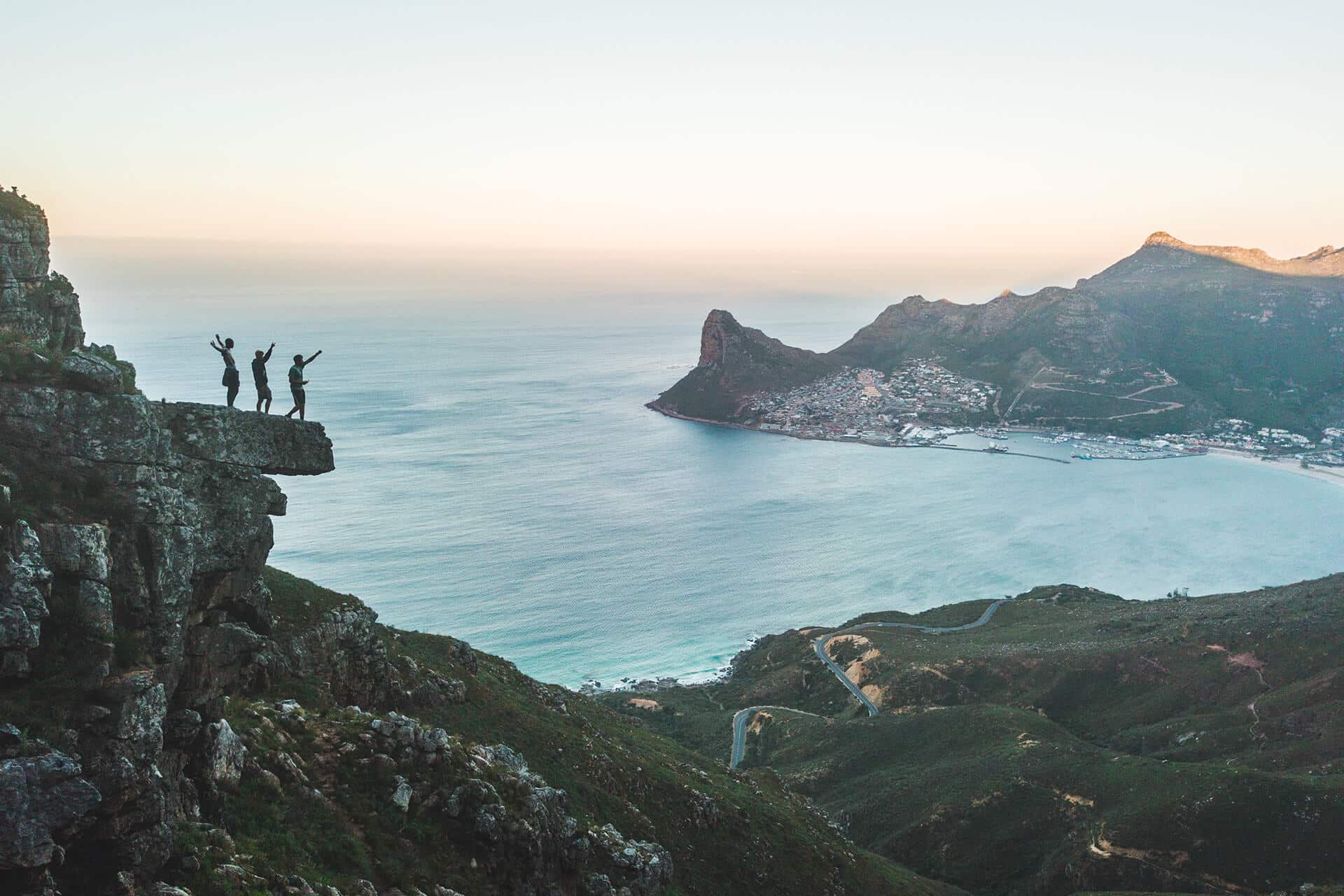
Voted as one of the best cities in the world, Cape Town is an unparalleled summer destination with world-class beaches and a host of outdoor activities for thrill-seekers, nature lovers and wine connoisseurs. The month of January is one of the warmest and driest months and the best time to visit South Africa. With clear skies and, with sunset only after 8pm, there are plenty of daylight hours to enjoy all this epic city has to offer!

Witness nature taking its course as the survival of the fittest comes to the fore during the calving season in the Serengeti in Tanzania during the month of February. Considered one of Tanzania’s best safari experiences, February sees approximately 8,000 wildebeest calves born each day, introducing a host of predators like lion, cheetah and hyena who patrol the grasslands to make a meal of the vulnerable calves. This is undoubtedly one of the best safari experiences in Africa, and not for the faint-hearted!
Book a 7 day Wildebeest Calving Season Safari.
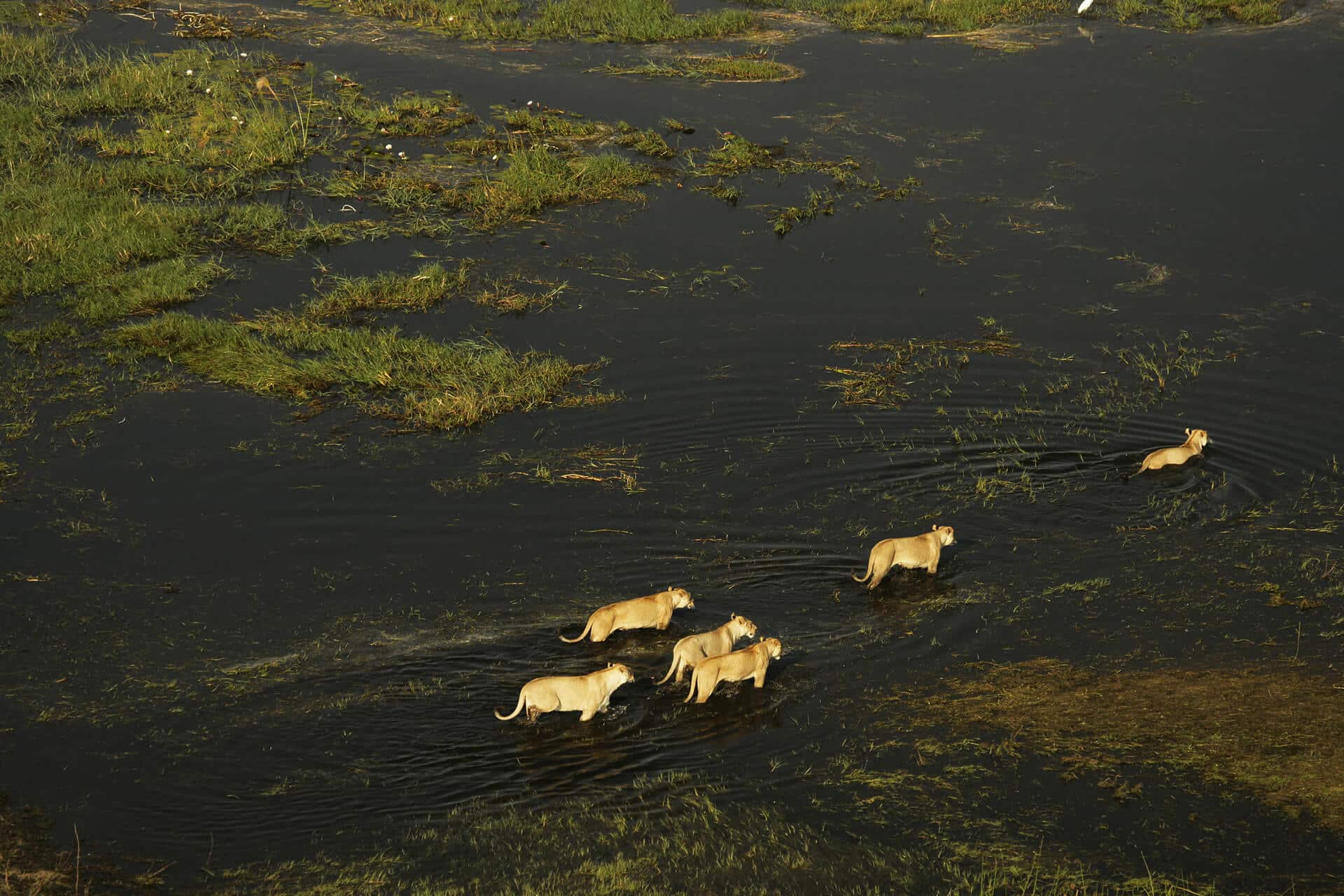
Considered the ‘low season’ in Botswana, the green season is a great time to see the region give birth to new life while taking advantage of much better rates. March falls towards the very end of the rainy season, and sees the country transformed into a lush green wonderland with many animals giving birth during this time. Elephants are abundant in the Okavango Delta as the great marula trees start to drop their fruit, and baby animals can be seen everywhere exploring their natural habitats for the very first time.
Find out more about the Green Season in Botswana here.

Zambia and Zimbabwe are the places to be between February and May when the mighty Victoria Falls – one of the Seven Natural Wonders of the World – can be witnessed in all its glory, flowing at full capacity. It is the peak high water season, and though Livingstone Island and Devil’s Pool are closed during this time, the sensory overload of the world’s largest sheet of water flowing at its greatest volume is a once-in-a-lifetime sight to behold.
Experience Victoria Falls on our 10 day Botswana & Victoria Falls Adventure.
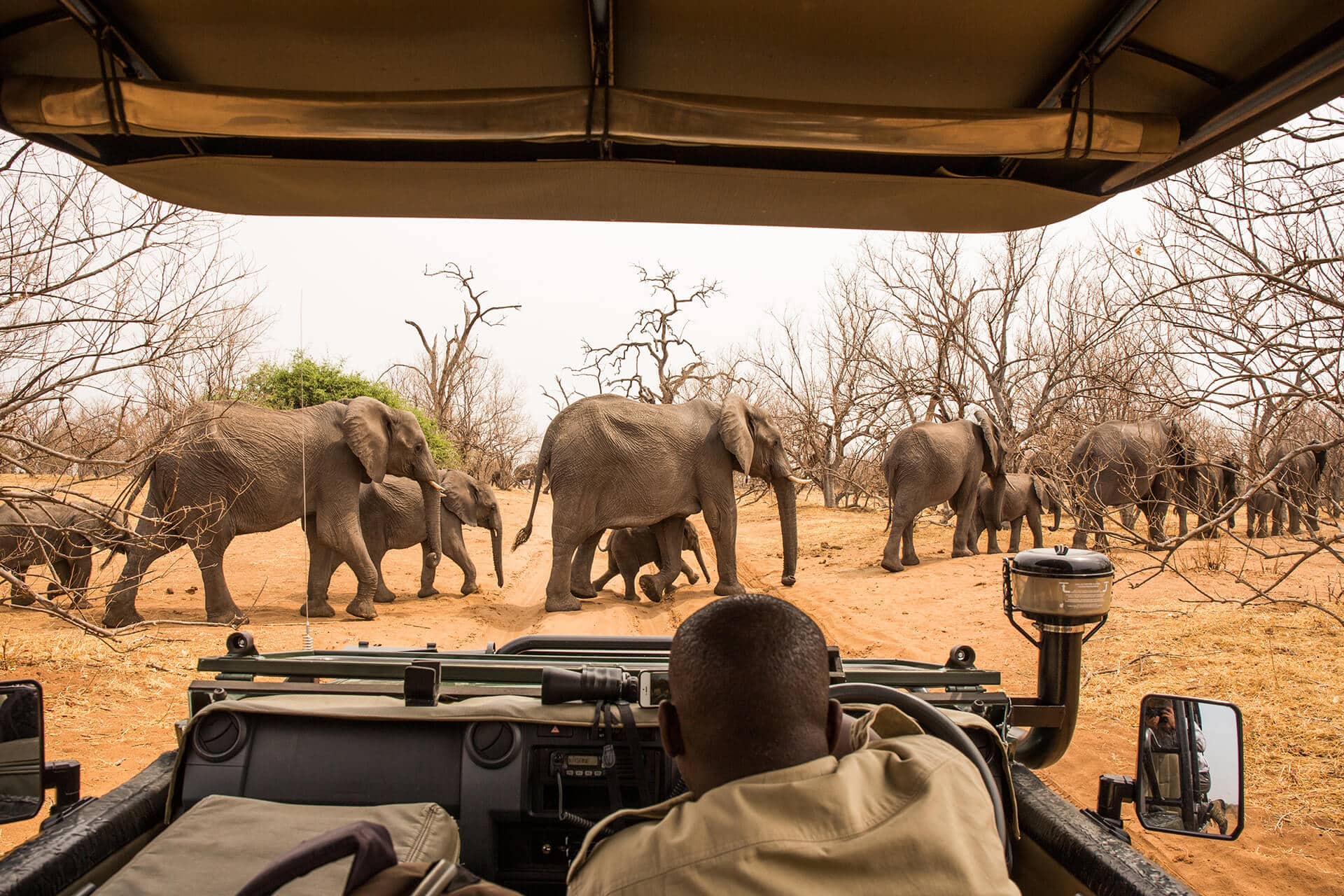
May marks the beginning of the dry season in the north of South Africa and is the absolute best time for a safari experience in the Kruger National Park and surrounding reserves. The weather is ideal – think sunny skies, no rain and mild daytime temperatures – and the game viewing is superb as vegetation begins to thin out and wildlife starts to congregate around waterholes. This time of year is also ideal for those who enjoy walking safaris and getting up close and personal with the beasts of the bush.
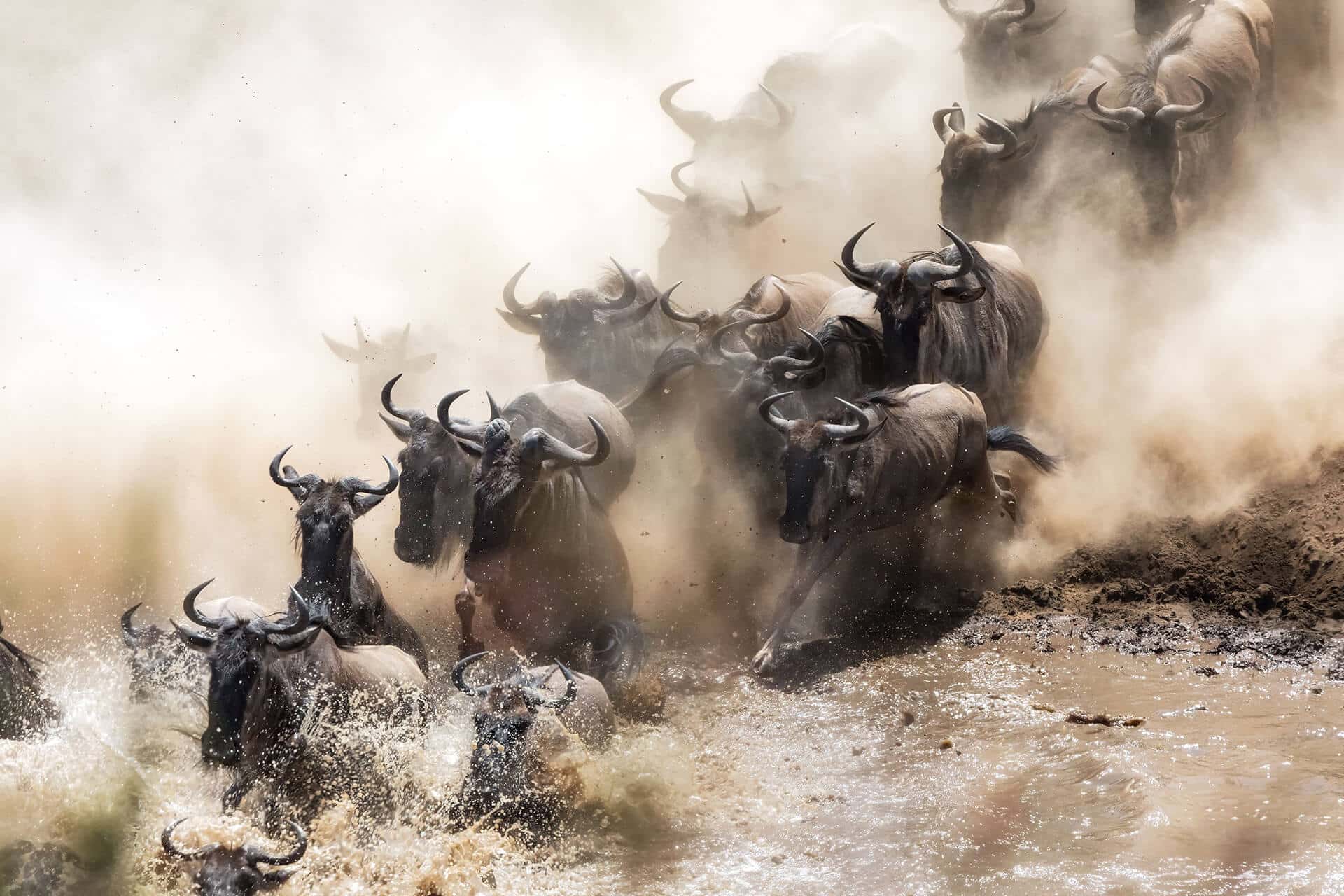
Head to the western and central parts of the Serengeti National Park to witness the greatest show on earth – the annual Great Wildebeest Migration, another of the world’s Seven Natural Wonders and a true spectacle to behold. June marks the end of the rainy season and the vast plains of the Serengeti are lush and green. This is traditionally the time when the wildebeest make their journey across the Grumeti River – an annual feast for the river’s large crocodiles!
Find out what to expect from the annual Wildebeest Migration here.

Characterised by the endless desert landscapes and giant rolling red sand dunes that disappear into pristine coastlines, Namibia is home to the oldest desert in the world, which in turn is home to one of the country’s most famous attractions – Sossusvlei. Best experienced during the winter months, where the temperatures are mild and the skies clear, making for epic photographic opportunities, feast your eyes on the highest sand dunes in the world. With their unusual shapes and ever-changing colours, these marvels of nature are a must for any traveller’s bucket list.
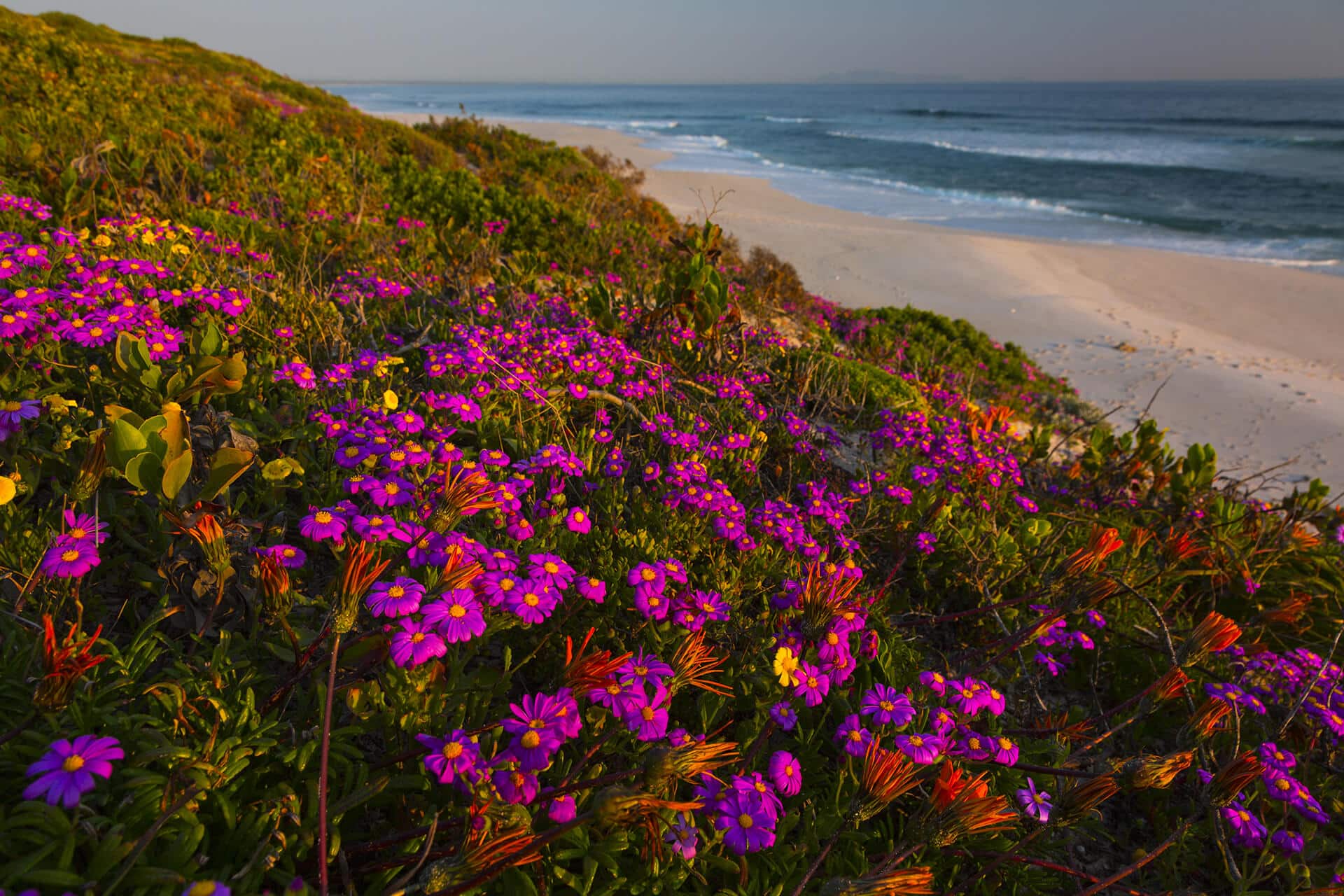
An absolute showstopper, the flower season in the Western Cape of South Africa is one of the most breathtakingly beautiful natural sights to behold. Beginning in August, just before the onset of spring, the West Coast of the province transforms into a rainbow of colour as carpets and carpets of wildflowers burst into bloom in a plethora of vibrant shades and shapes. Flower enthusiasts flock every year to the West Coast National Park during this time, where the flowers can be seen in all their glory, together with a host of wildlife that call the park home.

Stick around after the wildflowers, and move towards South Africa’s Whale Coast where you will have the unique opportunity to witness some of the best land-based whale watching in the world from the coastal town of Hermanus or De Hoop Nature Reserve. The shallow, sandy coves and calm waters of the bay offer the ideal environment for Southern Right whales to start their three-year-long reproductive cycles, and thousands of whale-lovers arrive each year to witness the massive majestic mammals birthing and caring for their new-born calves.
Find out more about the whale watching season in South Africa.

By October, the Great Wildebeest Migration would have made its way into the world-famous Maasai Mara Game Reserve after an action-packed Mara River crossing. Once they do the crossing, they often stay for the first half of the month, crossing back and forth, making for some truly action-packed game viewing. By mid-October however, most of the migration tend to have made their way to the Northern Serengeti.
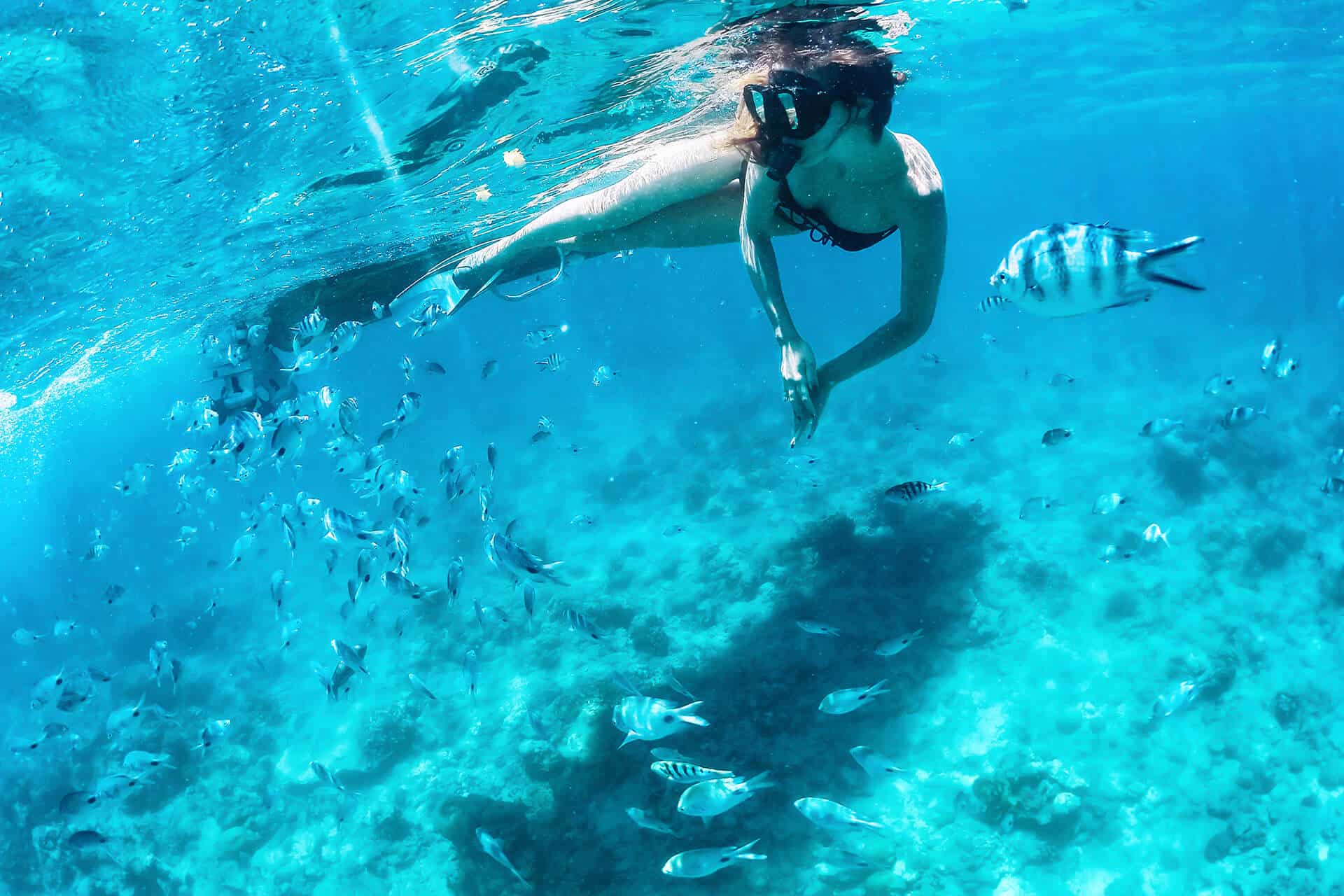
Summer in Southern Africa is a great time to combine a bush safari with a beach experience and November is one of the best months to pay a visit to tropical Mauritius. November is the start of the summer season and the weather is warm and dry. The seasonal change causes longer days with the sun rising very early and sun setting late in the evening. Think hours of soft sun and sand, warm waters, and tropical island paradise bliss and you’re almost there…
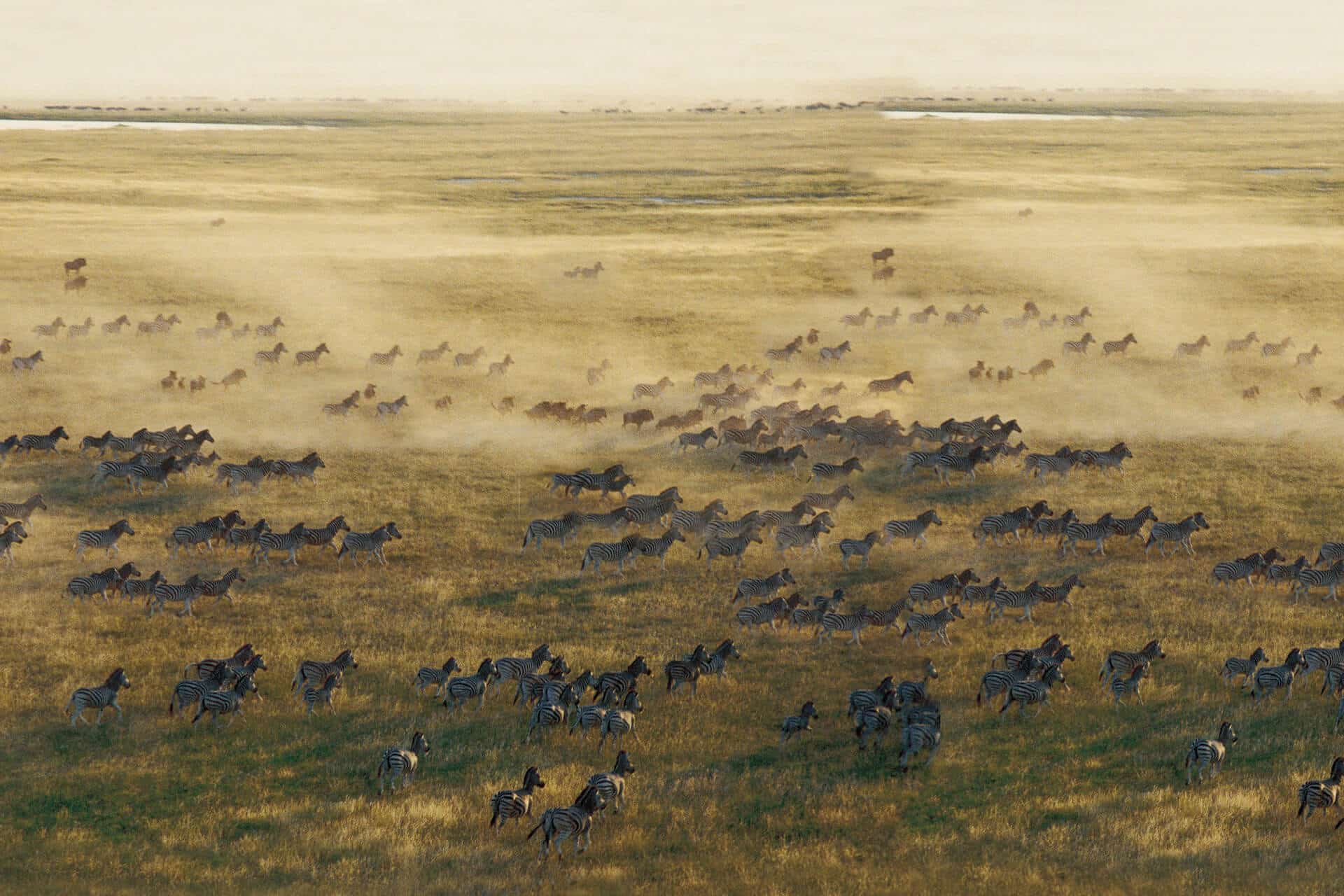
Visit the Makgadikgadi Salt Pans in Botswana in December to witness zebra herds of approximately 25,000 to 30,000 during the peak of the second largest wildlife migration crossing the Kalahari Desert. Coinciding with Botswana’s green season, the arid pans turn lush and green and the sight of these massive black and white herds moving across the desert on their 680km migration, through the verdant salt pans is truly magical.
To make the most of your African holiday experience, it is well worth making sure your timing ensures you get the very best of what this incredible continent has to offer. Planning your trip around the best time to go to Africa can make all the difference! Have some dates in mind? Get in touch with one of Ker & Downey® Africa’s expert LuxVenture® Designers today to plan your next dream safari or beach escape that maximises all the region has to offer.
Ker & Downey® Africa is compliant with COVID-19 Industry Protocols.


Head office: 7 Bree Street, 6th Floor, Touchstone House, Cape Town, South Africa
+27 (0)21 201 2484
enquiries@ker-downeyafrica.com
United Kingdom: Sportsman Farm, St Michaels, Tenterden, Kent
Ker & Downey® Africa is compliant with COVID-19 Industry Protocols.